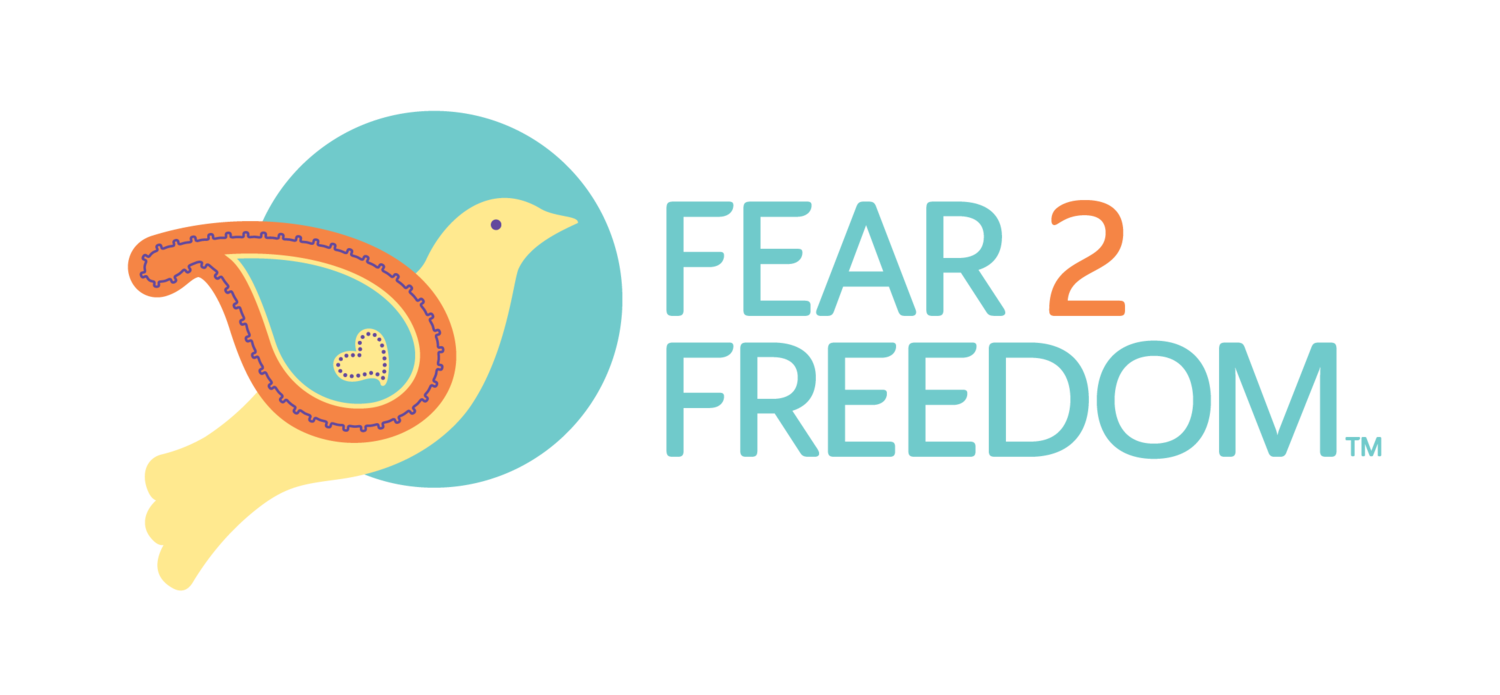By Maddie Habron, Director of Grants and Partnerships
Last year and this year, in November 2019 and 2020, the United States Government recognized Native American Heritage Month. In light of this anniversary, we want to illustrate the real danger of sexual violence that Indigenous women and communities face every day.
A note on terminology: F2F is dedicated to respecting individuals. There are more than 500 federally recognized American Indian and Alaska Native tribes, villages, and communities in the United States. While there is no term universally accepted by every indigenous population in the U.S., the terms “American Indian, Alaskan Native, Indigenous person, and Native American” are used for reporting purposes only, and appear in the form that the research used. The use of these commonly used terms are not meant to minimize, exclude, or generalize the individuals involved.
RAINN reports that, on average, 1 in 6 women will experience sexual violence in their lifetime. A Department of Justice Survey found that more than 4 in 5 American Indian and Alaska Native women have experienced sexual violence.
Sexual violence awareness and prevention organizations attribute these drastic differences in assault numbers to several social and cultural factors. The three overarching factors are the historic human rights violations perpetrated against Indigenous people in the United States, issues of criminal prosecution and jurisdiction, and a lack of resources or culturally specific services.
Indigenous communities all across the United States have long suffered historical outrages including widespread rapes and massacres. These violations can be seen today in the murder rates that American Indian women face: more than 10 times the national average. The Coalition of Stop Violence Against Native Women cited a study from the Centers for Disease Control and Prevention Homicide said that homicide is the third leading cause of death among 10-24 years of age and fifth among 25-34 years of age. Hundreds of thousands of indigenous women and girls go missing every year.
These rates of violence are only compounded by the intersections of tribal, state, and federal justice. These justice systems conflict and often law enforcement systems struggle to determine which justice system can investigate and prosecute crimes. Amnesty International lists three factors that decide which justice system can pursue a case:
Whether the victim is a member of a federally recognized tribe or not
Whether the accused is a member of a federally recognized tribe or not
Whether the offense took place on tribal land or not
These questions can take time to answer, and often the investigation process is traumatizing for individuals. These factors are especially challenging when you learn that 97% of victims experience violence by an interracial perpetrator. This is likely someone who is not a member of a federally recognized tribe, the tribal justice system cannot pursue a case.
Criminal justice may not be an option for some indigenous survivors, and there are few other ways to seek supportive services. Studies have found that, “given the multiple risks present in the AI/AN communities, the prevalence of posttraumatic stress disorder (PTSD) is substantially higher among AI/AN persons in the general community.” Reservations and tribal communities do not often have the financial resources to provide trauma informed counseling services, or adequate medical care. A 2006 report from Amnesty International Publications argued that some key recommendations to decreasing the rates of sexual violence in indigenous women are to better allocate federal funding to tribal courts and to ensure that law enforcement agencies and health service providers give access to sexual assault forensic examinations for free and within a reasonable distance. In light of these institutional shortcomings, many indigenous community members across the country have taken it upon themselves to create nonprofit organizations to provide services to survivors.
A list of culturally specific nonprofit organizations can be found using The Tribal Resource Tool’s map function. You can also find a helpline and information at the StrongHearts Native Helpline. The Coalition to Stop Violence Against Native Women also lists various hotlines.
Sexual violence is never the survivor’s fault: no matter who they are, where they were, or what they were doing. If you or someone you know is a survivor from an indigenous community, please know that there is support out there.
